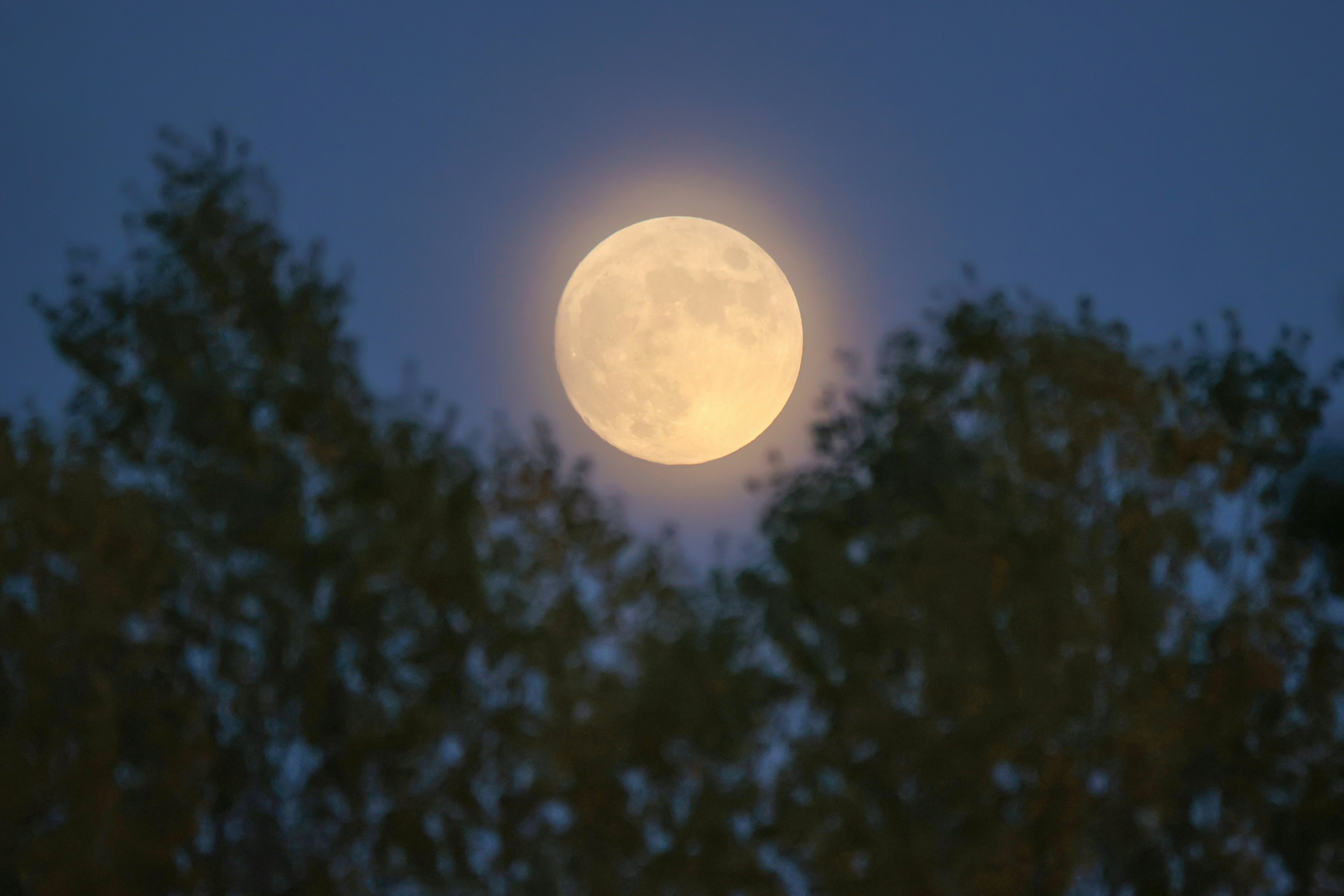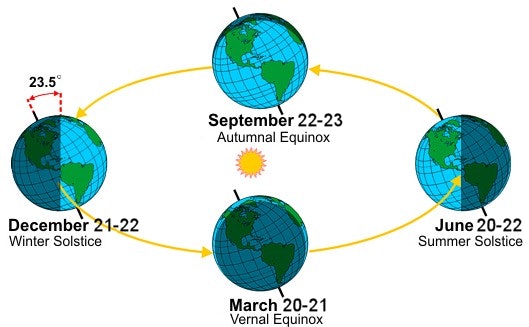
Summer is just about here in the Northern Hemisphere — and for many of us, the season’s change is already in full swing.
But it won’t be until the end of June that summer will officially start, as marked by the solstice. In the meantime, several notable events will take place in the sky, such as a supermoon, an elusive meteor shower, and the changing face of Venus.
Here are four celestial events to mark on your June calendar:
June 3: Strawberry Supermoon
While June’s full Moon has a vibrant name, it won’t appear red like a strawberry. Rather, the Strawberry Moon gets its name from ripening berries in North America that appear this time of year, and is a title first coined by the Algonquin, Ojibwe, Dakota, and Lakota peoples.
The Strawberry Moon will also be a supermoon — the colloquial term for a Full Moon that happens near the Moon’s closest approach to Earth. Since its orbit isn’t perfectly round, there’s a point where the Moon is closest to our planet, called perigee, and furthest, called apogee.
The supermoon might appear slightly brighter, but it’s often barely noticeable to the naked eye. Regardless, on June 3 at 11:42 p.m. Eastern, you’ll get to see the sky bathed in golden light, welcoming the first signs of summer.
June 4: Arietid meteor shower
There aren’t any major meteor showers until July, when the Perseids appear at the end of the month. But there is an elusive daytime shower called the Arietids happening this month that can spark some incredible views.
The Arietids can be seen from May 29 to June 17, with their strongest peak happening around June 4. Step outside just before sunrise and look for the constellation Aries, where the meteors will appear to radiate from.
Unfortunately, most of the Arietids will be obscured once the Sun rises, making them a tough batch of meteors to catch. But since they’re part of the most intense daytime shower all year, you still have a decent chance of seeing some fiery bits of asteroid dust sailing through Earth’s atmosphere.
June 21: Solstice
The end of June always marks the first solstice of the year. If you’re in the Northern Hemisphere, you’ll experience the summer solstice on June 21, signaling warm days ahead. If you’re in the Southern Hemisphere, the winter solstice will take place at the same time, marking the official start of winter.
There isn’t much to see on this day, but the solstice marks an important moment in our planet’s cycle. Earth slowly tilts back and forth on its axis throughout the year, and the solstice marks one of two points where the planet is at its most extreme tilt.

Right now, the Northern Hemisphere is tipping closer toward the Sun with each passing day. During the solstice, it will be at its closest point, bathing the Northern Hemisphere in its longest stretch of daylight all year.
In contrast, the Southern Hemisphere will see its fewest hours of daylight. Thankfully, this also means the days will soon lengthen again, as Earth begins its slow tilt in the other direction.
Late June: Crescent Venus
Like the Moon, Venus has phases. From our vantage point on Earth, the planet’s shape slowly waxes and wanes from a full, glowing orb to a wispy ring.
In early June, Venus will appear half full, then shrink to a crescent shape as the weeks go on. As the planet approaches Earth, its crescent will thin out and become brighter. This phenomenon happens as Venus speeds toward Earth, nearing its closest approach (called an inferior conjunction).

You’ll have a while to catch crescent Venus, since the inferior conjunction doesn’t happen until August 13. However, it’ll be tricky to notice the planet’s distinctive shape with your naked eye as it rises in the sky right after sunset.
It’s likely that you’ll need a pair of binoculars or a telescope to spot it — unless you’re blessed with exceptionally good vision.







